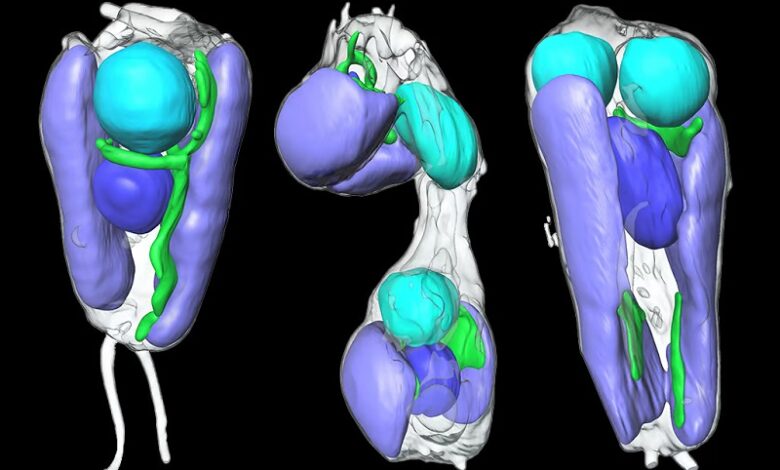Two Organisms Merge into One in 1 Billion Years: The Phenomenon of Primary Endosymbiosis

News Mania desk/Agnibeena Ghosh/29th April 2024
In a remarkable occurrence marking a milestone in evolutionary biology, two distinct lifeforms have fused to form a singular organism, marking only the second time in Earth’s history such an event has been observed. Known as primary endosymbiosis, this process has had profound implications for life on our planet, with the first instance giving rise to all complex life forms through the development of mitochondria. The subsequent occurrence led to the emergence of plants. Now, an international team of scientists has witnessed this evolutionary marvel unfolding between a species of oceanic algae and a bacterium.
Tyler Coale, a postdoctoral researcher at the University of California, Santa Cruz, who spearheaded one of the recent studies unveiling this phenomenon, elucidated its significance, stating, “The first time we think it happened, it gave rise to all complex life. Everything more complicated than a bacterial cell owes its existence to that event. A billion years ago or so, it happened again with the chloroplast, and that gave us plants.”
The intricate process of primary endosymbiosis entails the algae engulfing the bacterium and providing it with sustenance, energy, and protection. In return, the bacterium furnishes functions that the algae could not previously perform, such as the ability to “fix” nitrogen from the air. Subsequently, the algae assimilates the bacterium as an internal organelle, crucial to the host organism’s functionality.
This revelation, detailed in scientific journals Science and Cell, not only enriches our understanding of evolution but also harbors the potential to revolutionize agriculture. Dr. Coale elaborated on the agricultural implications, stating, “This system is a new perspective on nitrogen fixation, and it might provide clues into how such an organelle could be engineered into crop plants.”
The groundbreaking research involved collaboration among scientists from prestigious institutions worldwide, including the Massachusetts Institute of Technology (MIT), the University of Rhode Island, the University of California, San Francisco, UC Santa Cruz, the Lawrence Berkeley National Laboratory, Institut de Ciències del Mar in Barcelona, National Taiwan Ocean University, and Kochi University in Japan.






